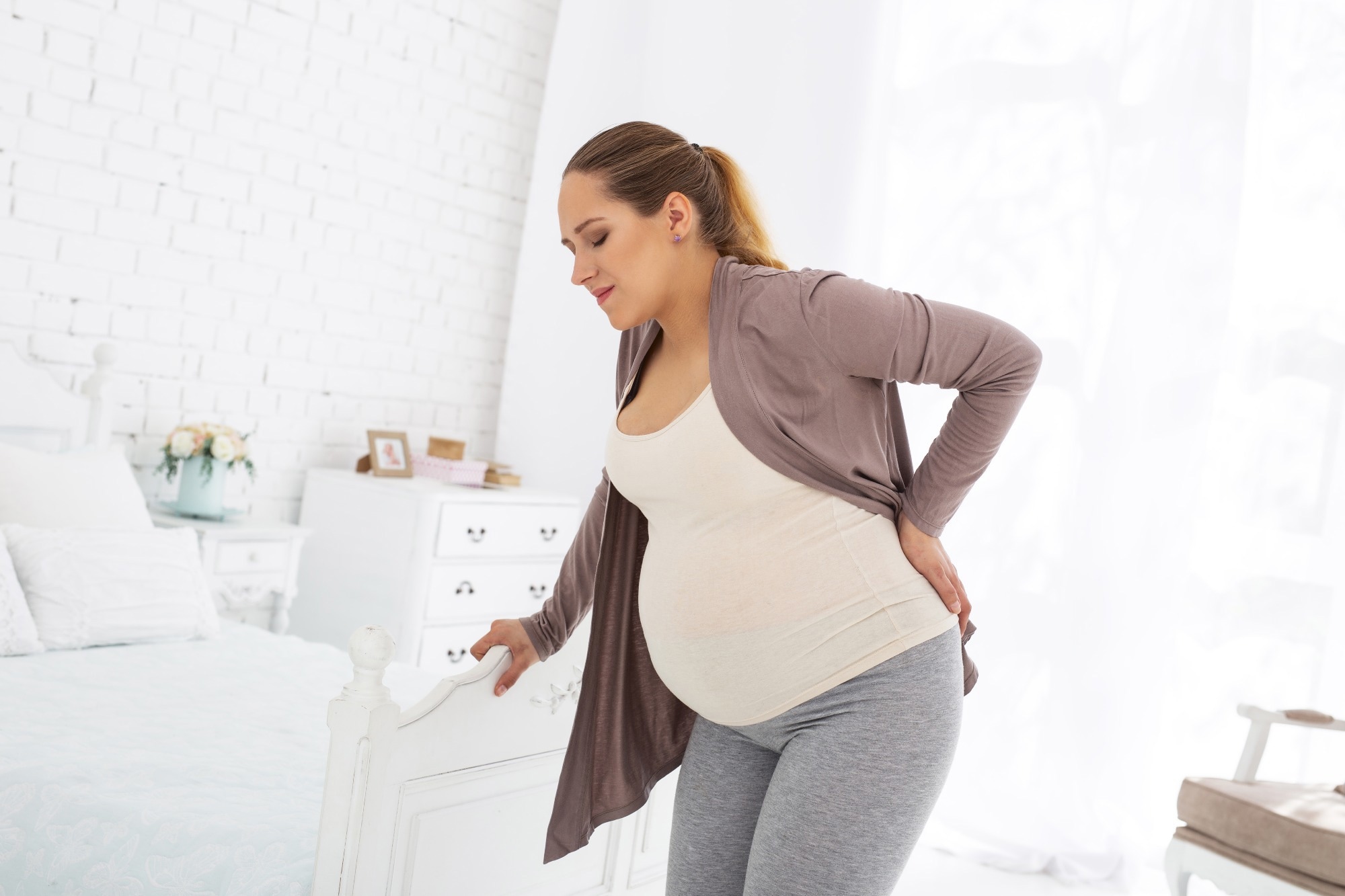Globally, a significant fraction of pregnant women experiences low back and/or pelvic pain (LBPP). LBPP limits the endurance capacity of women while standing, walking, or sitting for a prolonged period. This affects their quality of life and puts restrictions on activities related to weight-bearing.
 Study: Acupuncture for low back and/or pelvic pain during pregnancy: a systematic review and meta-analysis of randomised controlled trials. Image Credit: YAKOBCHUK VIACHESLAV/Shutterstock
Study: Acupuncture for low back and/or pelvic pain during pregnancy: a systematic review and meta-analysis of randomised controlled trials. Image Credit: YAKOBCHUK VIACHESLAV/Shutterstock
Scientists have recently reviewed available evidence on the effectiveness and safety of acupuncture in treating LBPP during pregnancy. This review is available in BMJ Open. This meta-analysis utilized electronic databases, such as PubMed, EMBASE, Web of Science, and the Cochrane Library, to obtain relevant data.
What is LBPP?
Clinically, LBPP has been defined as pain in the distal and posterior pelvic regions lateral to the lumbar-sacral junction and between the 12th rib and the gluteal fold. These two types of pains are hard to distinguish. Additionally, women with LBPP often experience depression, anxiety, and insomnia.
Mechanistically, the level of relaxin increases significantly during pregnancy, which is produced by the corpus luteum and the uterine decidua. The increased relaxin level enhances motion in the pelvic joints causing LBPP.
Although massage therapy, special pillows, and physical therapy are commonly used to alleviate LBPP, these are not clinically recommended as the results of clinical trials on their effectiveness is unclear. Hence, there is a need for effective therapies for LBPP treatment during pregnancy.
Effectiveness
Acupuncture originated in China, and is associated with inserting solid and thin metallic needles into acupoints along the meridians (ancient physiological system). The meridian theory entails that the body’s vital energy flows through the meridians, i.e., internal organs.
It was believed that an unrest condition of the internal organs is reflected at specific points, known as acupoints. At present, acupuncture therapy is practiced in many countries to remediate headaches, dental pains, myofascial pain, and many other pains. Although the underlying analgesic mechanism of acupuncture is not clear, several studies have indicated its association with the neurohumoral mechanism, where an increase in the cerebrospinal fluid endorphins and spinal dynorphins was observed after acupuncture.
In contrast to the adverse effects of pain-relieving drugs on pregnant women, acupuncture is considered to be safe and has been used increasingly to relieve the discomforts of pregnancy. Nevertheless, there is scarce clinical data on the effectiveness of acupuncture among pregnant women with LBPP.
An increased rate of withdrawal of participants was observed in a clinical study related to randomized controlled trials (RCTs) of acupuncture in women prior to 37 weeks of pregnancy. This is because the participants were concerned about harming their unborn children. After all, the clinical trial was designed to use "forbidden points" for acupuncture.
Based on the findings of 10 studies that included a total of 1040 women with LBPP during pregnancy, the current study revealed that acupuncture significantly alleviated LBPP and improved their quality of life during the pregnancy period.
Importantly, no adverse pregnancy outcomes including preterm labor were found in patients under acupuncture treatment. Out of the total of seven studies that used “forbidden points’’ for acupuncture treatment, two studies reported preterm birth. However, all newborns were healthy at birth despite preterm contractions. This meta-analysis indicated that acupuncture was a relatively safe and effective intervention in treating women with LBPP during pregnancy.
The observation of this review is in line with a previous systemic review that revealed acupuncture for LBPP during pregnancy was a safe and effective procedure. According to a recent meta-analysis, acupuncture treatment relieved the pain for both pregnant and postpartum women. Nevertheless, this meta-analysis only considered a small number of studies and failed to assess the safety profile of maternal acupuncture and its effect on the newborn.
Study limitations
The current study included patients whose average age was less than 35 years of age, thus reducing the generalization of the findings. Another limitation of this meta-analysis is the assessment of a small number of studies. The authors did not evaluate the quality of the studies considered in the meta-analysis. Since none of the studies reported the cost of acupuncture treatment, the cost-effectiveness of this therapy was not determined.
Conclusions
During pregnancy, women are subjected to minimal pharmaceutical interventions, unless absolutely necessary. Non-pharmacological therapies, such as yoga, acupuncture, physical therapy, and exercise are the most attractive options to reduce pain and control comorbidities. Interestingly, several studies have indicated that acupuncture can effectively reduce pain as well as alleviate severe depression in pregnant women with LBPP.
In the future, large, multicentre RCTs must be conducted by surveying physiotherapists, midwives, and pregnant women. More clinical trials must be conducted with a robust methodology to minimize biased results. Considering the effectiveness of acupuncture therapy, it is imperative to optimize the intervention protocol, i.e., acupoints, frequency, and duration.